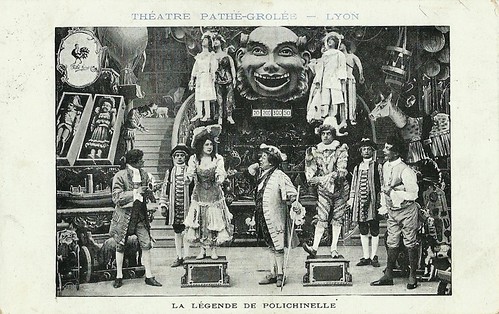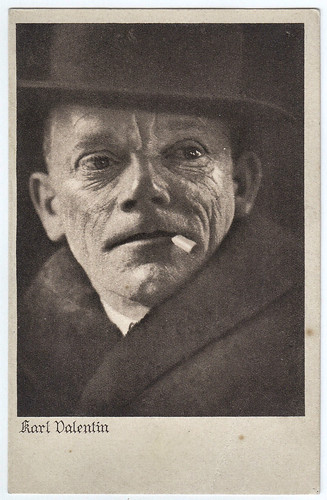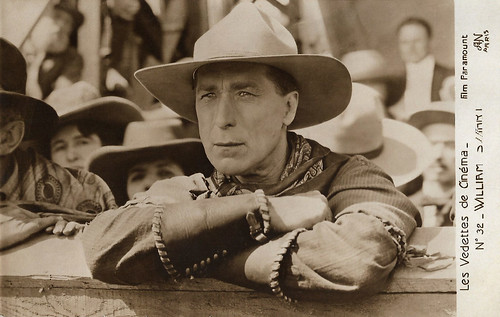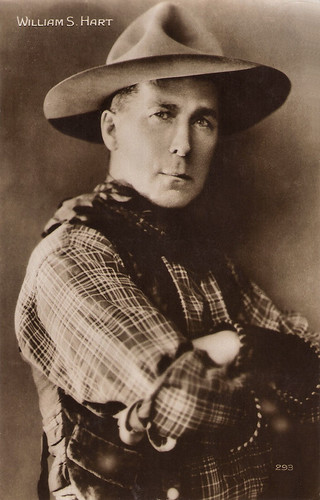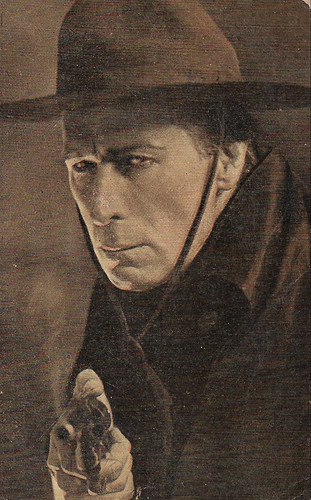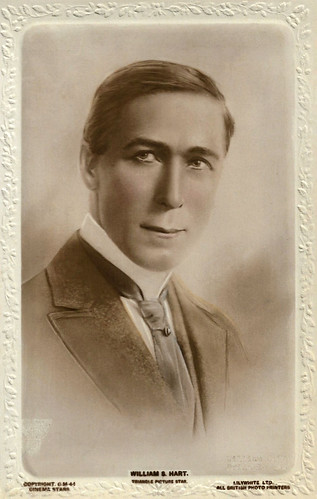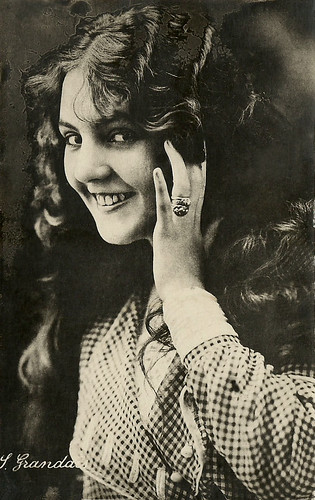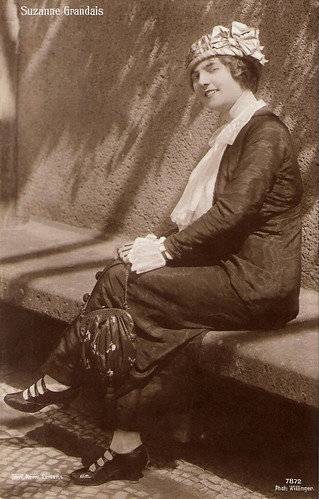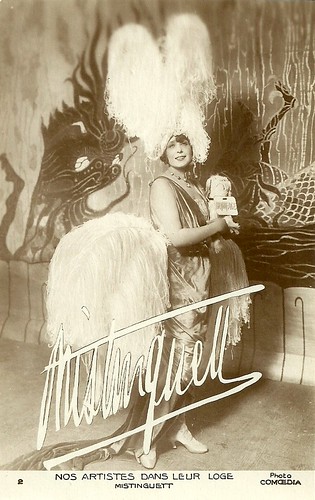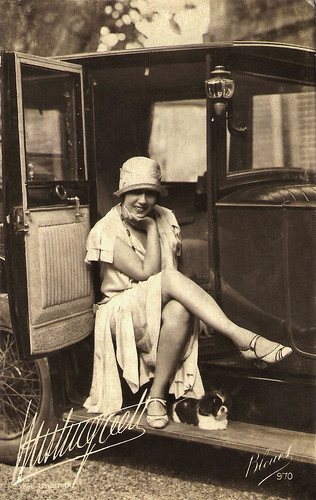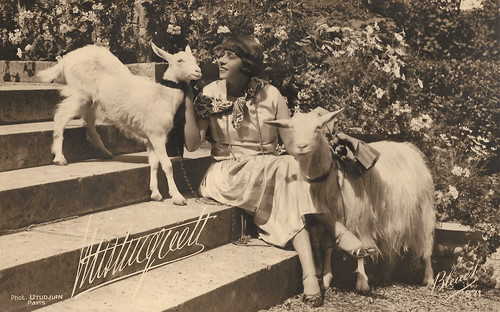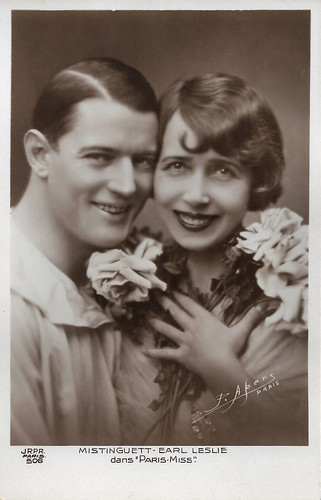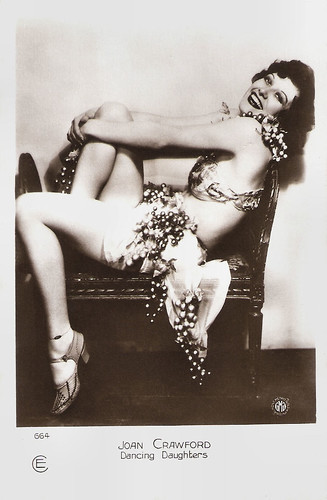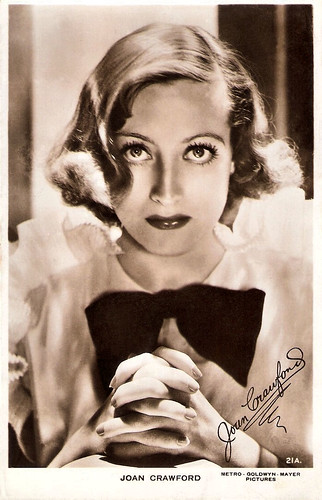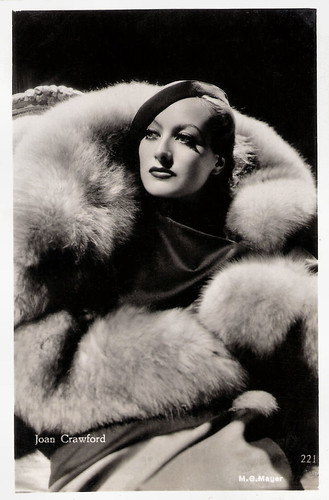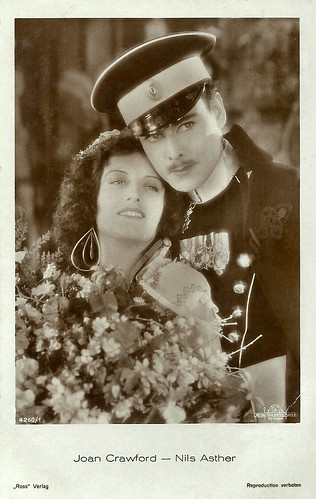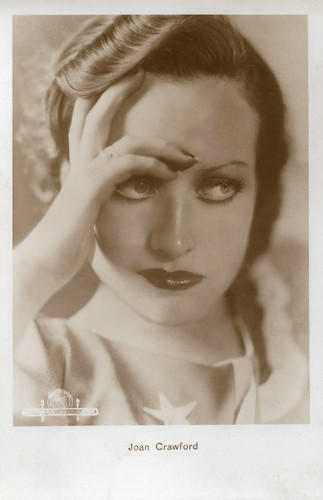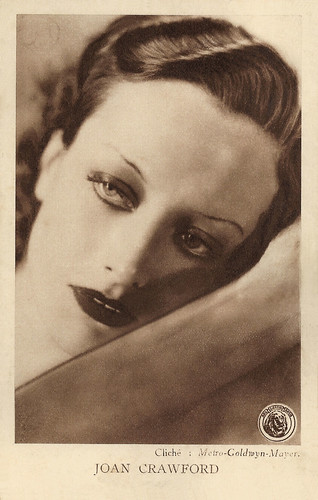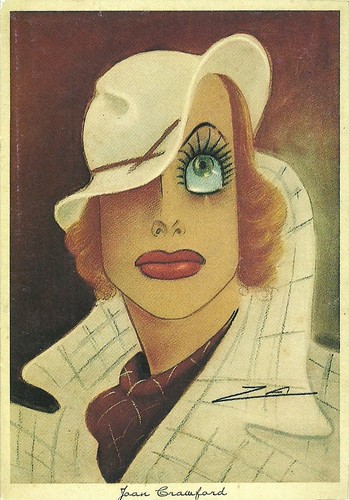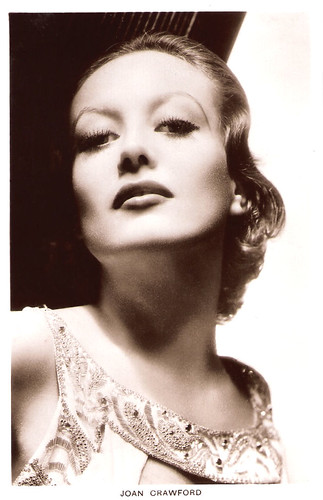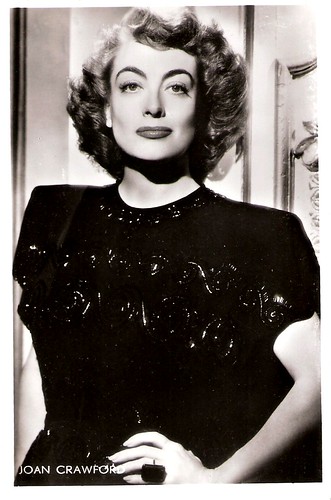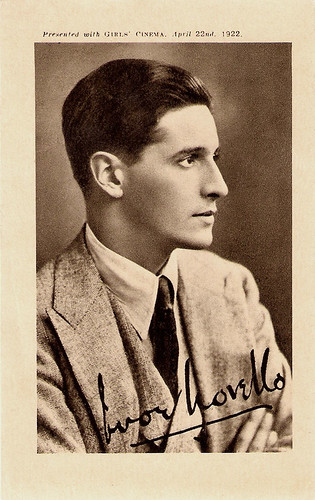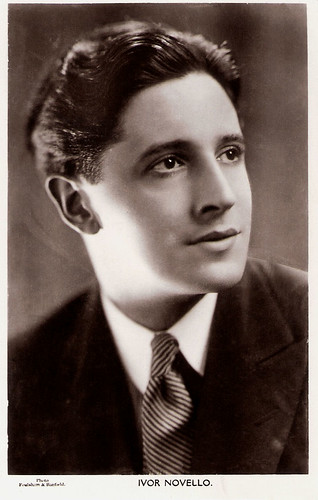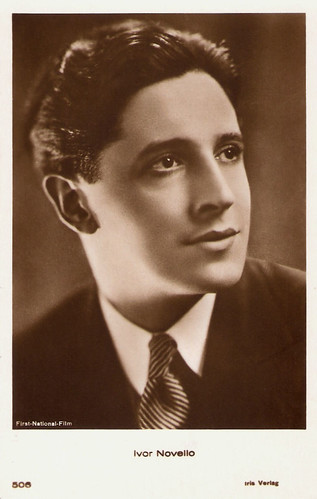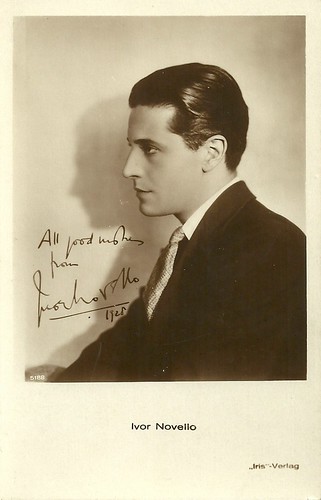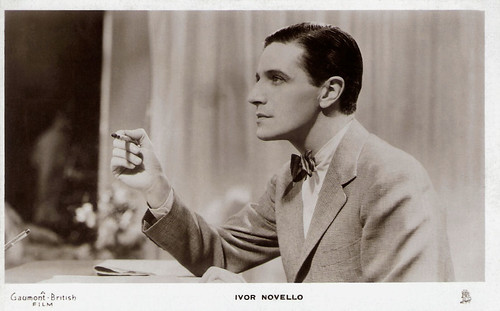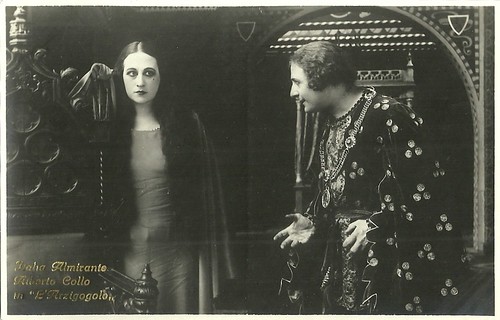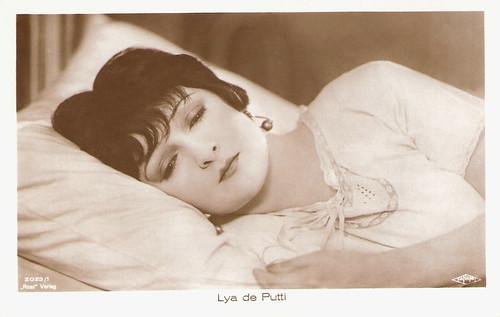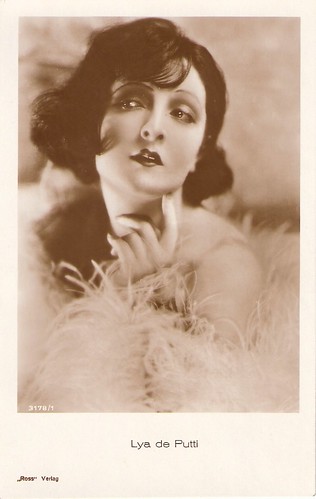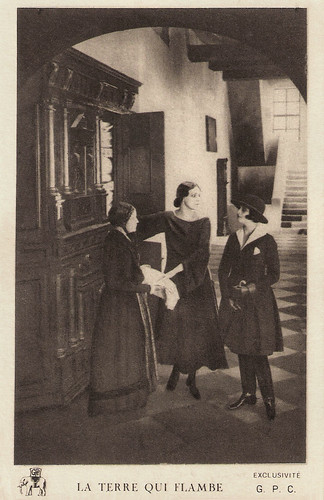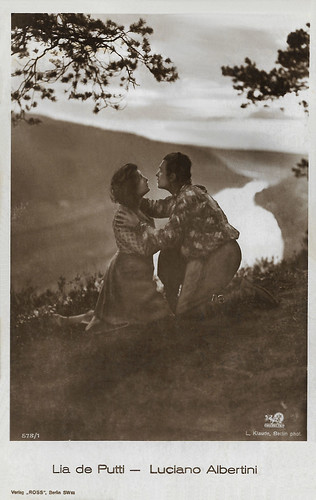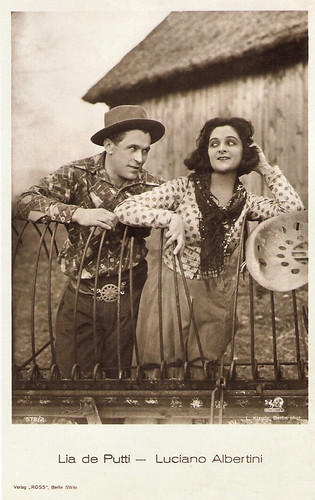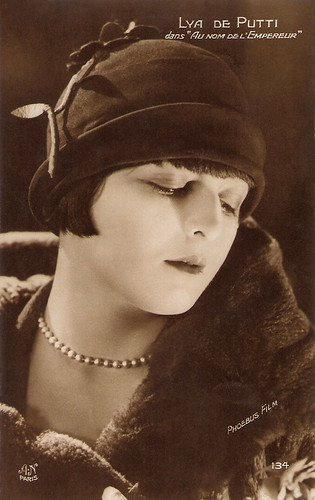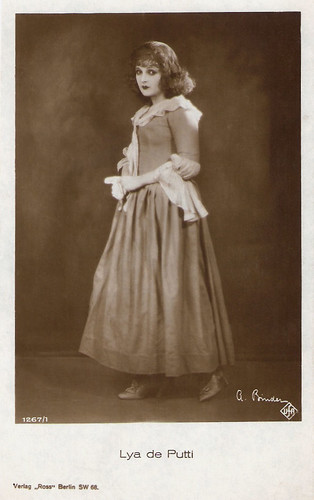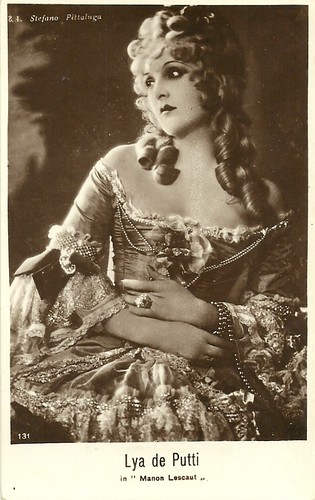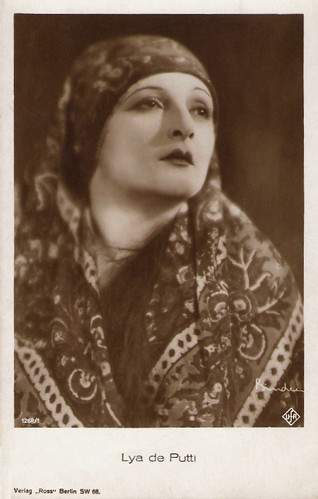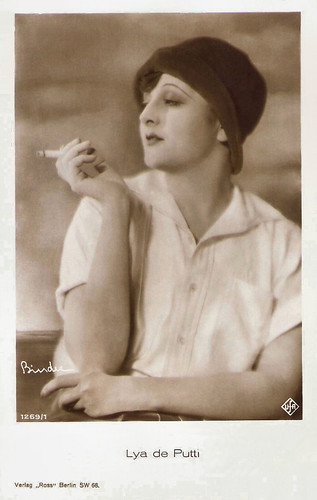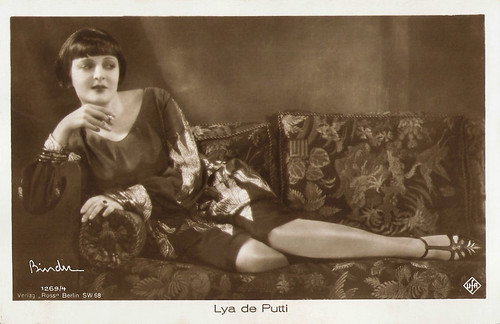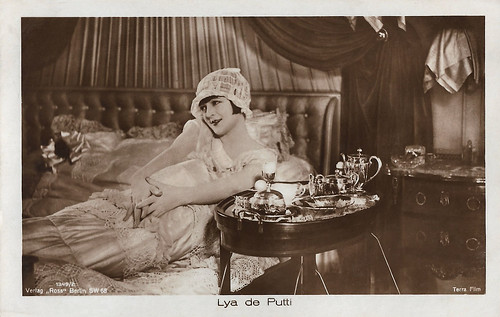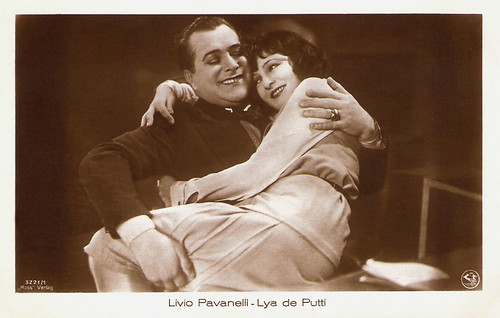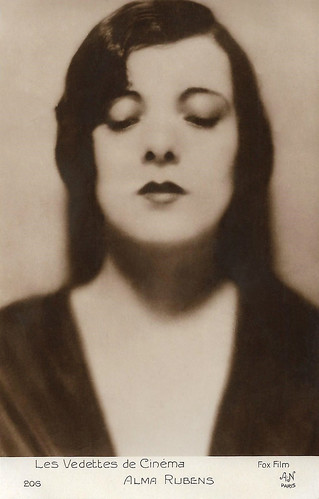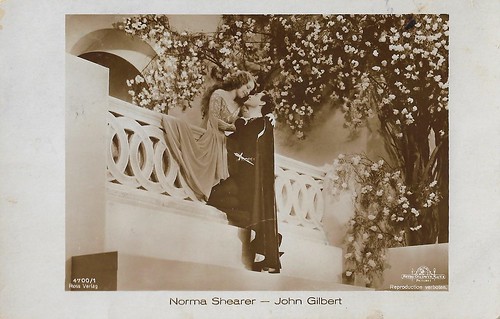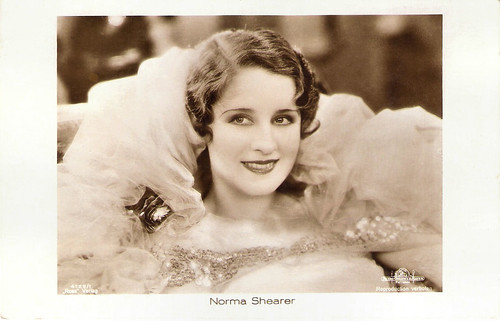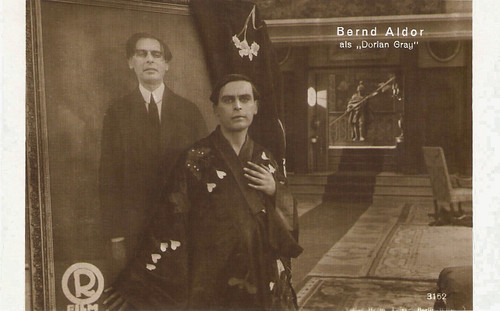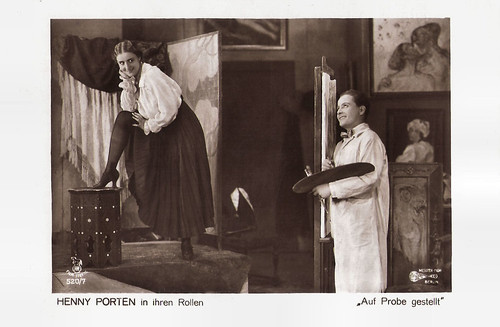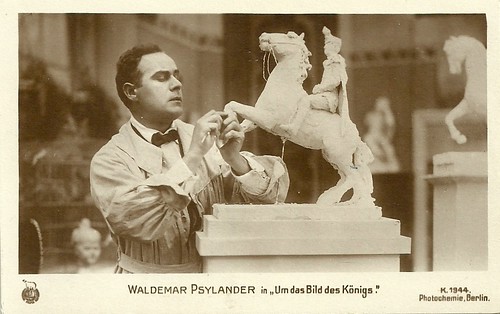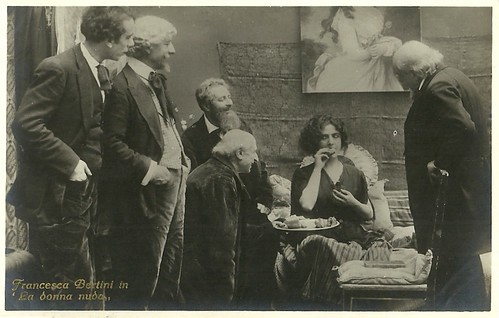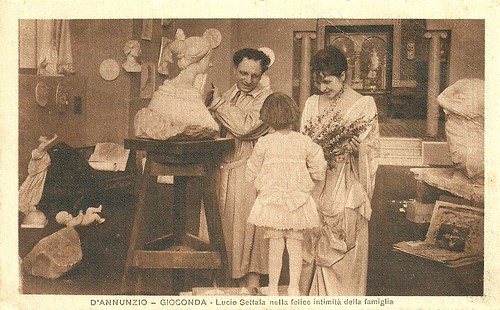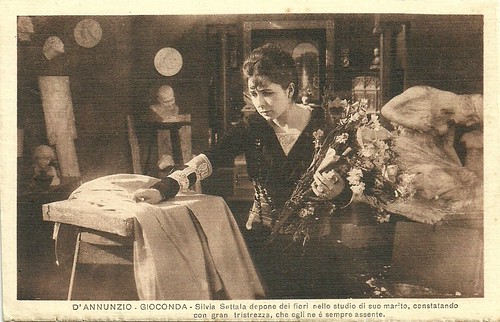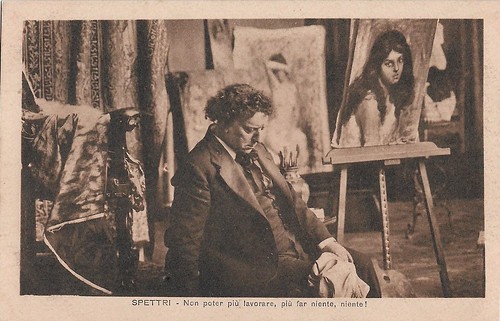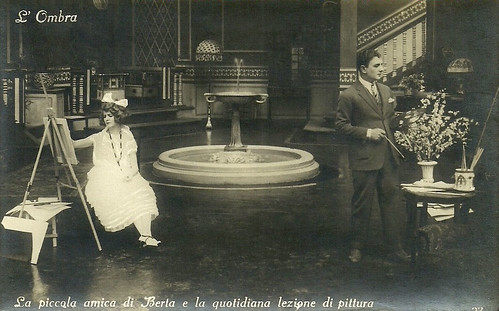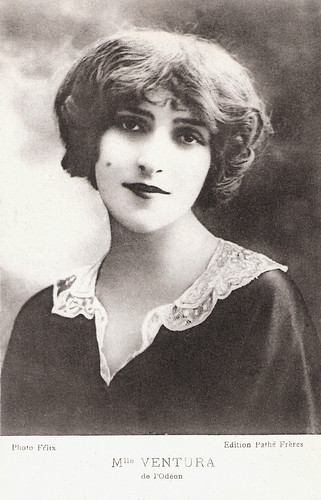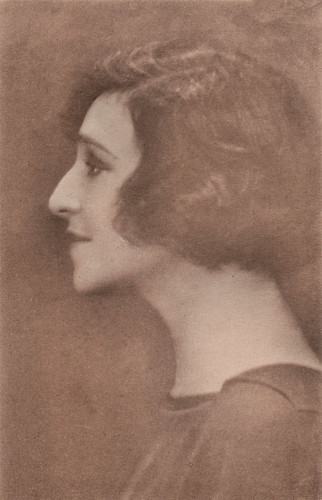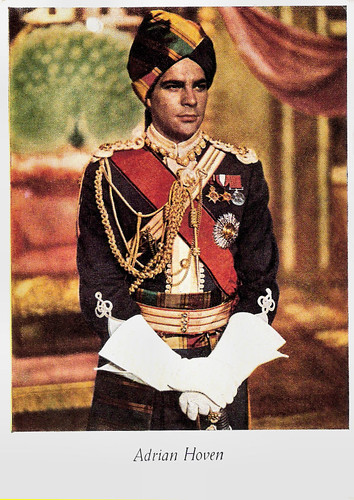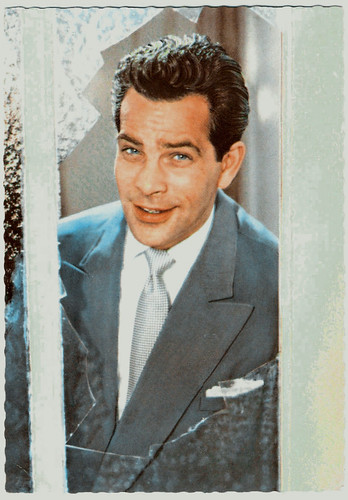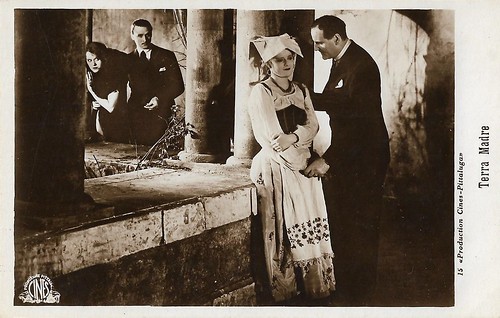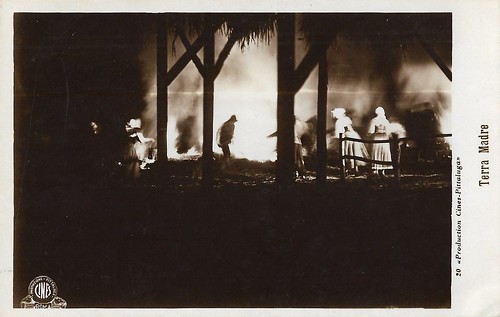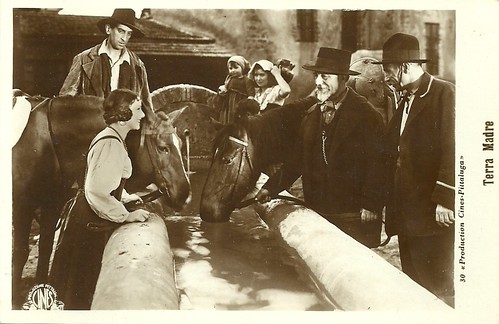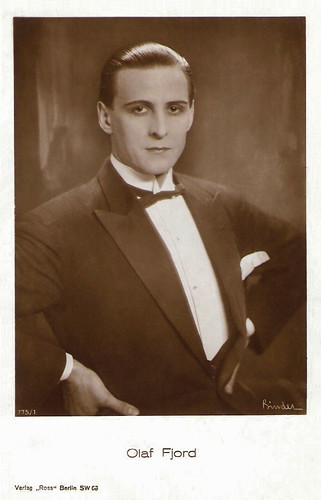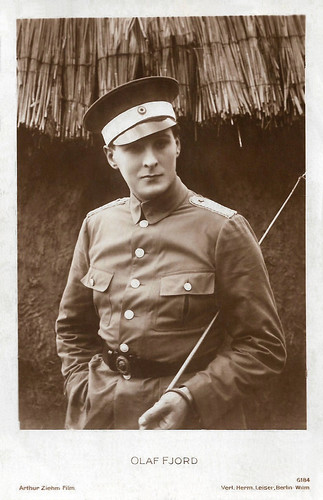Since yesterday, EFSP follows Le Giornate del Cinema Muto again - till Saturday 12 October. The Silent Film Festival in Pordenone is the main festival in its kind and this year's edition is the 38th. And yes, the 'Nasty women' will return! In 2017, Maggie Hennefeld and Laura Horak presented a retrospective full of subversive pleasures. Again, the series features shorts made largely in the 1910s and earlier, showcasing strong-minded women and girls delighting in wreaking havoc and upending the rules of patriarchal power. For this post we selected five cards from our Pathé album from 1911. If the short comedies of these three nasty women are on show in Pordenone or not, we don't care. This post is our little subversive pleasure.
![Mistinguett in Léocadie veut se faire mannequin (1911)]()
French collectors cards by Pathé Frères, 1911. Photo: SCAGL / Pathé Frères. Mistinguett and Juliette Clarens in Léocadie veut se faire mannequin (Frédéric Mauzens, 1911).
Léocadie veut se faire mannequin/Leocadia Wishes to Be Fashion-model came out in August 1911. It was directed and scripted by Frédéric Mauzens. Uncle Dufond wants to marry his nephew Onésime to a charming widow, Boxing Clorinde (Juliette Clarens). But Onésime, prey to a fatal love, formally repels the offer of his uncle who threatens to cut off his food and ruthlessly chases away his girlfriend, the young Léocadie (Mistinguett).
Léocadie soon finds a job as a model and has just started in her new job, when the boy of her janitor comes to warn that Onésime is drowning in his tub, out of despair. Listening only to her heart, Leocadie flies to his aid without worrying about the elegant dress she wears, which is precisely the one the rich Boxing Clorinde has selected.
The fashion designer, the client, and the model are all at Léocadie's, where Onésime, recalled to life by their good care, escapes only with difficulty to the fury of the two rivals. In the end, Léocadie, who triumphs as mistress of the battlefield, chases the importune uncle and his dangerous protegee.
![Léocadie veut se faire mannequin (1911)]()
French collectors cards by Pathé Frères, 1911. Photo: SCAGL / Pathé Frères. Mistinguett and Juliette Clarens in Léocadie veut se faire mannequin (Frédéric Mauzens, 1911).
![Le bateau de Léontine (1911)]()
French collectors cards by Pathé Frères, 1911. Photo: SCAGL / Pathé Frères. Scene from Le bateau de Léontine (1911).
The Pathé series about Léontine, a girl always into terrible mischief, is typical 'Nasty women' stuff. In the short comedy Le bateau de Léontine/Betty's Boat (?, 1911), 'Titine' has received a superb three-master for her party. She has promised her parents to be very good in their absence, but she cannot resist the temptation to have her boat sailing.
She turns the kitchen faucets wide-open, so the room serves as a pool to her exploits. Soon the ship is sailing in the 'open sea', but Titine is still dissatisfied. However, the water, crossing the floor, flows in large streams onto the lower floors, drowning the tenants, and transforming the stairs in impassable torrents.
Titine, unsuspecting the dramas that take place below her, quietly floats in a barrel amidst the disaster. It is still unclear which actress played Leontine in this series.
![Rosalie a trouvé du travail (1911)]()
French collector's cards by Pathé Frères, 1911. Photo: Pathé Comica. Sarah Duhamel as Rosalie in Rosalie a trouvé du travail (Romeo Bosetti, 1911).
Rosalie is hired as worker at a fashion shop in Rosalie a trouvé du travail (Romeo Bosetti, 1911). She has to promise to be at work always at 7 sharp, but the next morning she awakes at 10 to 7, shoots out of bed, dresses in haste, jumps down the stairs, and crosses the obstacles like a tornado.
After a dishevelled run full of wild episodes, Rosalie arrives, red-headed and muddy, scarred with snags, at the fashion shop, only to read the sign on the closed front door, 'closed on Sundays and holidays'.
![Rosalie veut en finir avec la vie (1911)]()
French collector's cards by Pathé Frères, 1911. Photo: Pathé Comica. Sarah Duhamel as Rosalie in Rosalie veut en finir avec la vie (1911).
In Rosalie veut en finir avec la vie/Rosalie wants to finish life (Romeo Bosetti, 1911), Rosalie is fired, so she wants to commit suicide. She shoots herself with a revolver but only destroys the mirror. She throws herself on the tramway rails, but, alas, this one takes another track. She throws herself from a parapet but in vain.
Desperate, she goes into a gun shop, throws a bomb and mounts to heaven But is only to cause her to descend again, this time in the arms of a well-moustached police officer, so gets lust for life again. The film was released in March 1911.
Sources: Fondation Jerome Seydoux (French) and IMDb.
Léocadie

French collectors cards by Pathé Frères, 1911. Photo: SCAGL / Pathé Frères. Mistinguett and Juliette Clarens in Léocadie veut se faire mannequin (Frédéric Mauzens, 1911).
Léocadie veut se faire mannequin/Leocadia Wishes to Be Fashion-model came out in August 1911. It was directed and scripted by Frédéric Mauzens. Uncle Dufond wants to marry his nephew Onésime to a charming widow, Boxing Clorinde (Juliette Clarens). But Onésime, prey to a fatal love, formally repels the offer of his uncle who threatens to cut off his food and ruthlessly chases away his girlfriend, the young Léocadie (Mistinguett).
Léocadie soon finds a job as a model and has just started in her new job, when the boy of her janitor comes to warn that Onésime is drowning in his tub, out of despair. Listening only to her heart, Leocadie flies to his aid without worrying about the elegant dress she wears, which is precisely the one the rich Boxing Clorinde has selected.
The fashion designer, the client, and the model are all at Léocadie's, where Onésime, recalled to life by their good care, escapes only with difficulty to the fury of the two rivals. In the end, Léocadie, who triumphs as mistress of the battlefield, chases the importune uncle and his dangerous protegee.

French collectors cards by Pathé Frères, 1911. Photo: SCAGL / Pathé Frères. Mistinguett and Juliette Clarens in Léocadie veut se faire mannequin (Frédéric Mauzens, 1911).
Léontine

French collectors cards by Pathé Frères, 1911. Photo: SCAGL / Pathé Frères. Scene from Le bateau de Léontine (1911).
The Pathé series about Léontine, a girl always into terrible mischief, is typical 'Nasty women' stuff. In the short comedy Le bateau de Léontine/Betty's Boat (?, 1911), 'Titine' has received a superb three-master for her party. She has promised her parents to be very good in their absence, but she cannot resist the temptation to have her boat sailing.
She turns the kitchen faucets wide-open, so the room serves as a pool to her exploits. Soon the ship is sailing in the 'open sea', but Titine is still dissatisfied. However, the water, crossing the floor, flows in large streams onto the lower floors, drowning the tenants, and transforming the stairs in impassable torrents.
Titine, unsuspecting the dramas that take place below her, quietly floats in a barrel amidst the disaster. It is still unclear which actress played Leontine in this series.
Rosalie

French collector's cards by Pathé Frères, 1911. Photo: Pathé Comica. Sarah Duhamel as Rosalie in Rosalie a trouvé du travail (Romeo Bosetti, 1911).
Rosalie is hired as worker at a fashion shop in Rosalie a trouvé du travail (Romeo Bosetti, 1911). She has to promise to be at work always at 7 sharp, but the next morning she awakes at 10 to 7, shoots out of bed, dresses in haste, jumps down the stairs, and crosses the obstacles like a tornado.
After a dishevelled run full of wild episodes, Rosalie arrives, red-headed and muddy, scarred with snags, at the fashion shop, only to read the sign on the closed front door, 'closed on Sundays and holidays'.

French collector's cards by Pathé Frères, 1911. Photo: Pathé Comica. Sarah Duhamel as Rosalie in Rosalie veut en finir avec la vie (1911).
In Rosalie veut en finir avec la vie/Rosalie wants to finish life (Romeo Bosetti, 1911), Rosalie is fired, so she wants to commit suicide. She shoots herself with a revolver but only destroys the mirror. She throws herself on the tramway rails, but, alas, this one takes another track. She throws herself from a parapet but in vain.
Desperate, she goes into a gun shop, throws a bomb and mounts to heaven But is only to cause her to descend again, this time in the arms of a well-moustached police officer, so gets lust for life again. The film was released in March 1911.
Sources: Fondation Jerome Seydoux (French) and IMDb.
